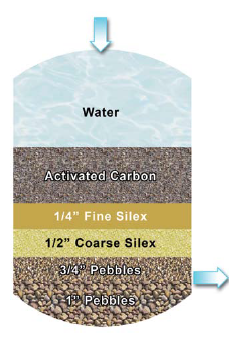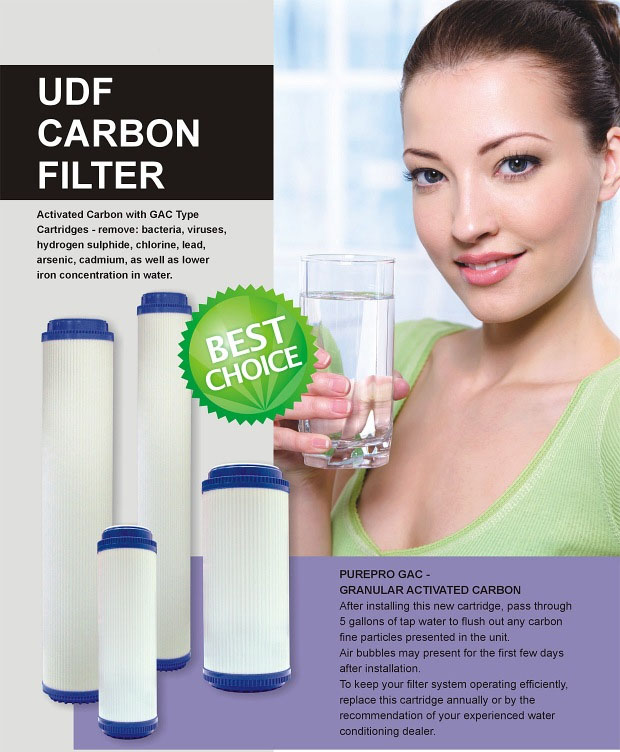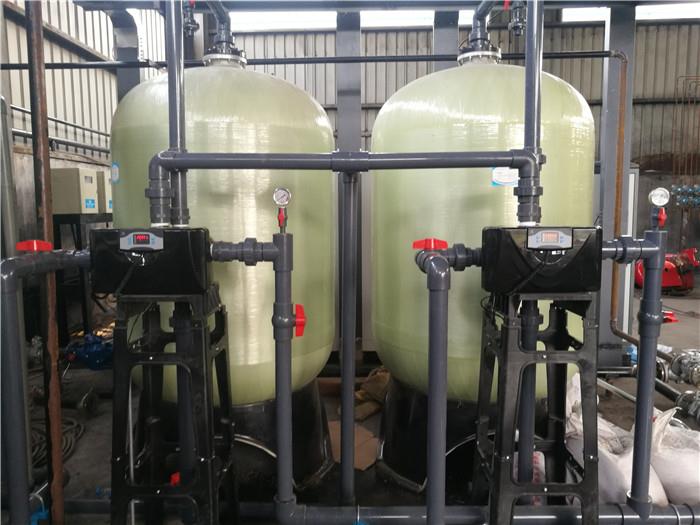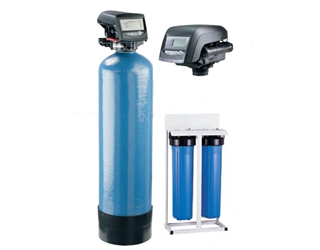
What is activated carbon and how does it filter water?
Activated carbon filter has remove taste, odor, and chlorine reduction capabilities. Carbon filters are extremely absorbent and produced effective at reducing bad tastes, odors, and other particles in water. Water treatment plants treat water with chlorine and chloramines that create cancer causing by products.These disinfectants remain in your drinking water, contaminating it with a chemical flavour.
for removal of taste, odor, color, organic and chlorine. This material is a black granular media derived from "activated" coal. Removal is consummate by adsorption of the porous structure of this "activated" carbon filter media. Raw water should be relatively free of iron for best results. There are many applications for our various grades of carbon. They may include point of entry-point of use (POE/POU) water filters for removing chlorine and organic contaminants from tap water, extruding carbon block for drinking water cartridges and color and taste removal in water purification processes.
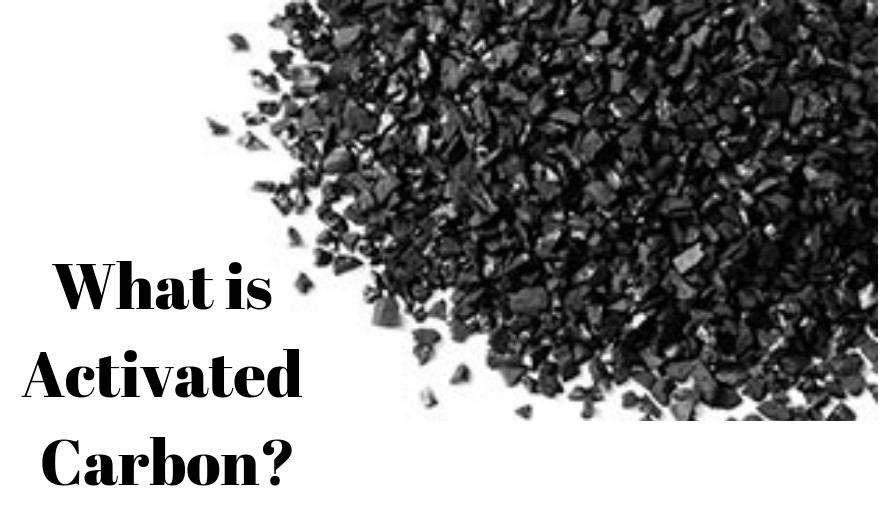
Granular activated carbon filters
GAC filters contain loose granules of activated carbon that allow water to flow through easily. Water flows in one direction through the cartridge and contacts carbon in the process.Advantage: Not as restrictive. Water flows through the carbon at a faster rate.
Disadvantage: Conducting. Water can cut a path through the carbon and allow contaminants through.
Carbon block filters
Carbon block is made of fine granules held together with a bonding agent, which only takes up 15% of the surface area. Impure water flows in through the side of the filter and sends filtered water our through the top. As carbon is ground to a finer granule, the surface area increases.Advantage: Gives 7-10 times more surface area than GAC filters, and the compact carbon prevents channeling.
Disadvantage: More flow restrictive.
Radial flow GAC carbon filters
Radial flow carbon filters combine the surface area of the carbon block with the flow rate of the GAC filter. Water flows to the filter through the side of the cartridge radially like a carbon block but contains granules for increased flow like the GAC.Activated carbon filters are best at removing chlorine and bad tastes or odors, but may be certified to remove other contaminants. Look for the NSF certification on a carbon filter to find out exactly what it's capable of removing.
★ Bad tastes and odors? YES
★ Chlorine? YES
★ Trihalomethanes (THMs)? YES
★ Mercury? YES
★ Pesticides and herbicides? YES
★ Iron or heavy metals? If certified
★ Lead? If certified
★ Bacteria? If certified to remove coliform
★ Hard water? NO
★ Fluoride? NO
★ Total dissolved solids (TDS)? NO


